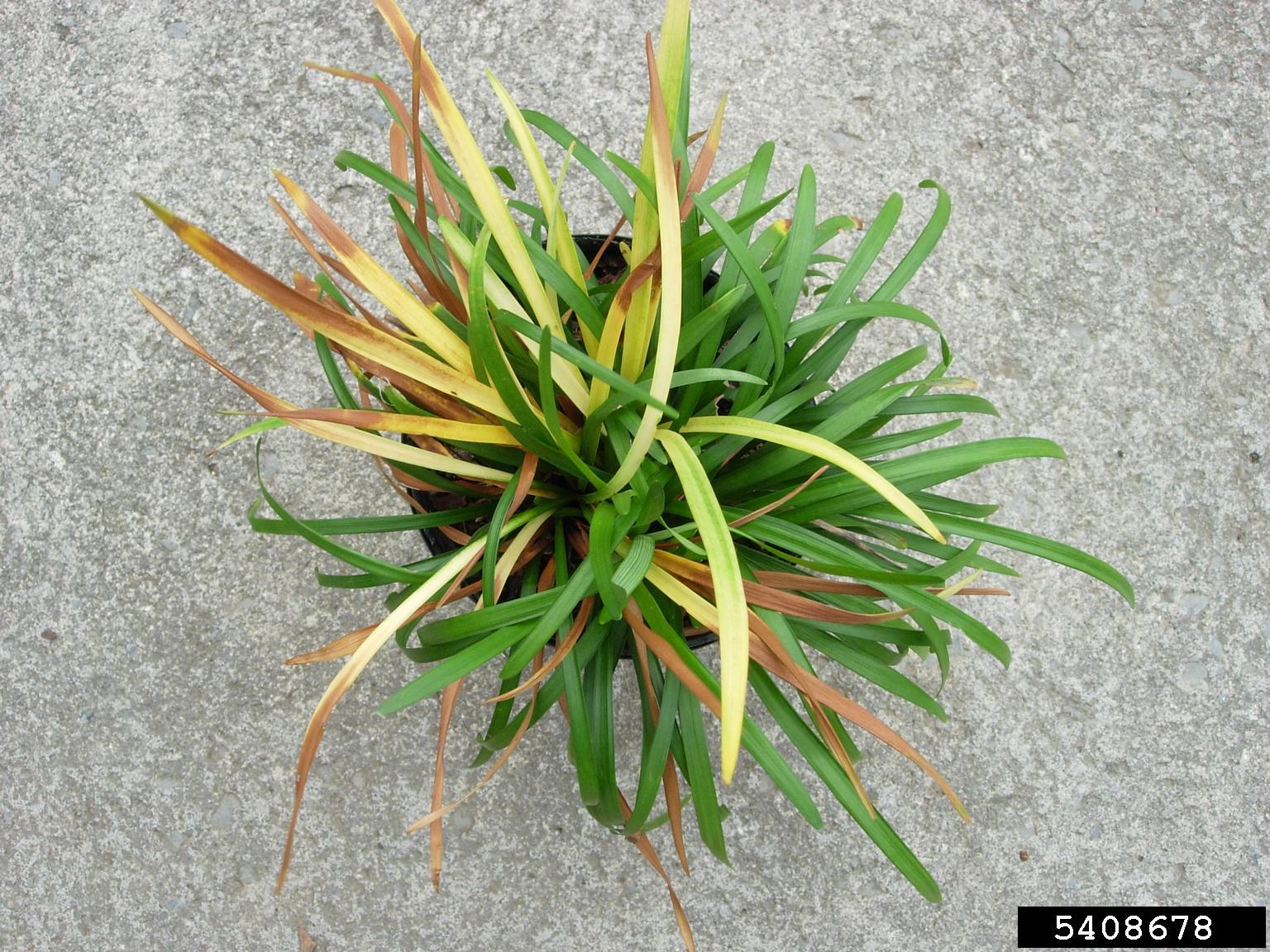Fusarium Crown Rot Disease: Control Of Fusarium Crown Rot


Fusarium crown rot disease is a serious problem that can affect a wide range of plant species, both annual and perennial alike. It rots the roots and crown of a plant and can lead to wilting and discoloration on the stems and leaves. There is no chemical fusarium crown rot treatment, and it can cause stunted growth and even eventual death. There are steps you can take toward fusarium crown rot control, however, that include prevention, isolation, and sanitation. Keep reading to learn more about fusarium crown rot disease and fusarium crown rot treatment.
Fusarium Crown Rot Control
Many of the symptoms of fusarium crown rot disease take place, unfortunately, underground. There are signs that affect the above ground part of the plant too. The leaves may become wilted and take on a yellowed, scorched appearance. Brown, dead lesions or streaks may also appear on the lower part of the stem. Usually, by the time fusarium is visible above ground, its spread is pretty extensive below ground. It can be seen in bulbs that are shriveled or rotten as well. Never plant these bulbs-- they may be harboring the fusarium fungus and planting them could introduce it to otherwise healthy soil.
Treating Fusarium Rot in Plants
Once fusarium is in the soil, it can live there for years. The best way to prevent it is to keep the soil well-drained and to plant cultivars that are resistant to the disease. If it has already appeared, the best method of treating fusarium rot is removing and destroying affected plants. You can sterilize soil by moistening it and laying down clear plastic sheeting. Leave the sheeting in place for four to six weeks during the summer-- the intensified heat of the sun should kill the fungus living in the soil. You can also leave an infected area unplanted for four years-- without plants to grow on, the fungus will eventually die.
Sign up for the Gardening Know How newsletter today and receive a free copy of our e-book "How to Grow Delicious Tomatoes".

The only child of a horticulturist and an English teacher, Liz Baessler was destined to become a gardening editor. She has been with Gardening Know how since 2015, and a Senior Editor since 2020. She holds a BA in English from Brandeis University and an MA in English from the University of Geneva, Switzerland. After years of gardening in containers and community garden plots, she finally has a backyard of her own, which she is systematically filling with vegetables and flowers.